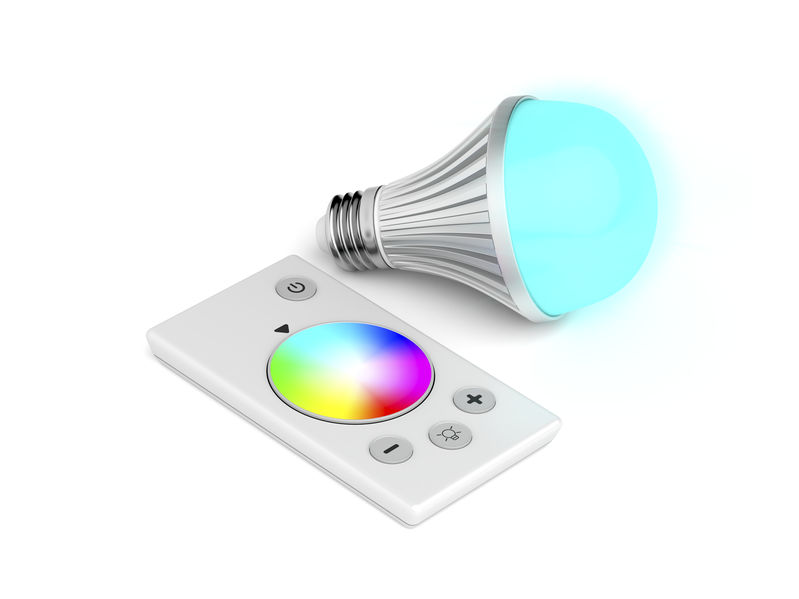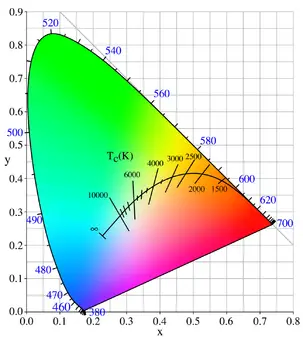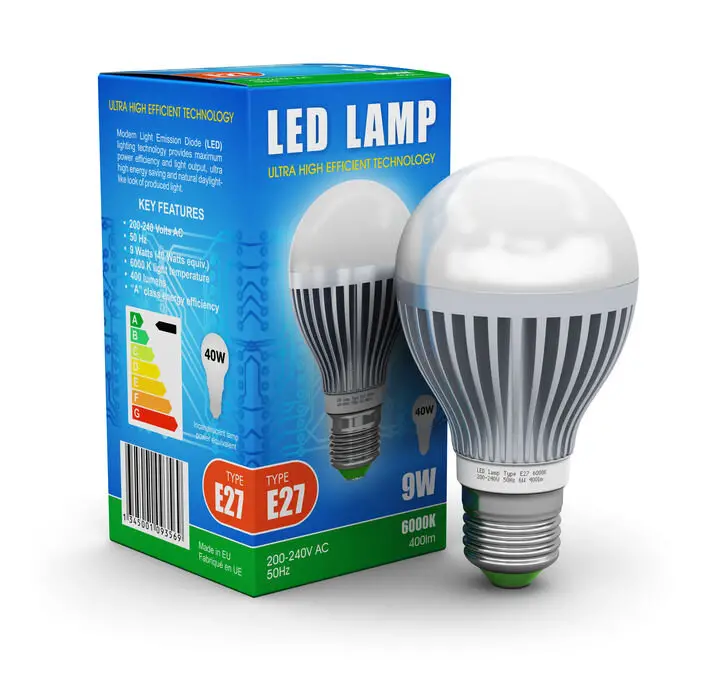How LED Bulbs Are Dimmed
With more modern lighting technologies than ever before it can be an endearing idea to switch out the old lighting in your home with new solutions such as LED-based lighting.
A common concern regarding LEDs is their compatibility with dimmers. If you have a dimmer switch installed where you want to place your LED you might find that it won’t work as intended. This is a very legitimate concern as the dimming of LEDs can function differently than the dimming of incandescent bulbs or halogen bulbs.
LED bulbs are mainly dimmed in two different ways, Amplitude Width Modulation (AWM) and Pulse Width Modulation (PWM). This refers to the way in which we configure the sine wave that the electricity feeding the LED operates at.
That said, not all LED bulbs are dimmable, which is mainly due to some key differences in their construction.
Is It Possible To Dim LED Light Bulbs?
If you are considering changing out old bulbs to LED bulbs it is of course important to make sure they will work in every instance, including those in which there is a dimmer in the electrical circuit since not all LED bulbs are dimmable.
Whether or not an LED is dimmable depends on the construction and quality of the bulb and the dimmer it is connected to, but generally speaking it is possible to dim LED-based lighting. If an LED bulb does not function in a socket it is most likely a compatibility issue between the dimmer itself and the bulb.

These compatibility issues can have a few causes. The most common cause for this is simply that the already installed dimmer is not designed to dim low-wattage electrical loads such as an LED.
Most LED lighting suited for homes usually consumes around 5-13W whereas most incandescent bulbs have different wattages ranging from around 40-100W per bulb. This can cause an issue with the dimmer as most dimmers are suited for dimming incandescent bulbs or other bulbs with a higher wattage, meaning that it is possible it won’t even work at all with an LED bulb.
This is because the dimmers which are made for older bulbs usually have a minimum threshold of Watt that must be exceeded for it to function properly. This causes an issue since LEDs consume very little power compared to older bulbs, which causes them to very rarely exceed the minimum threshold (which is usually around 30-40W).
How To Know If LED Lights Are Dimmable
Knowing that there are LEDs that are and aren’t dimmable it becomes important to be able to distinguish between the two when purchasing the LED to ensure you get what you pay for.
This is usually done by simply looking at the packaging of the LED in question. Usually, it will say “dimmable“ or something else of similar nature on the very front of the packaging since it is usually a big selling point for LED bulbs.
If there is no text stating this it is possible that there is a symbol for it by the other lighting specifications. For a good illustration and detailed explanation of this, we recommend that you go here.
If you already have an opened bulb or something similar without a product description it will become apparent if the bulb is dimmable or not once you try it in the socket. If the bulb isn’t made to be dimmed it will start to flicker once dimming is applied or it will simply not function at all.
Click here for my article on Why LED Bulbs Flicker and How To Make It Stop.
Why Some LEDs Are Not Dimmable
As we have previously discussed it is entirely possible to find LEDs that are deemed “undimmable“, but how come some LEDs can be dimmed and some can’t?
This is entirely up to the construction of the LED driver. The LED driver is a device that is a bridge point between the LED light source and the incoming electrical current. It is needed due to the fact that LEDs don’t function on the high AC current that regularly comes from home outlets.
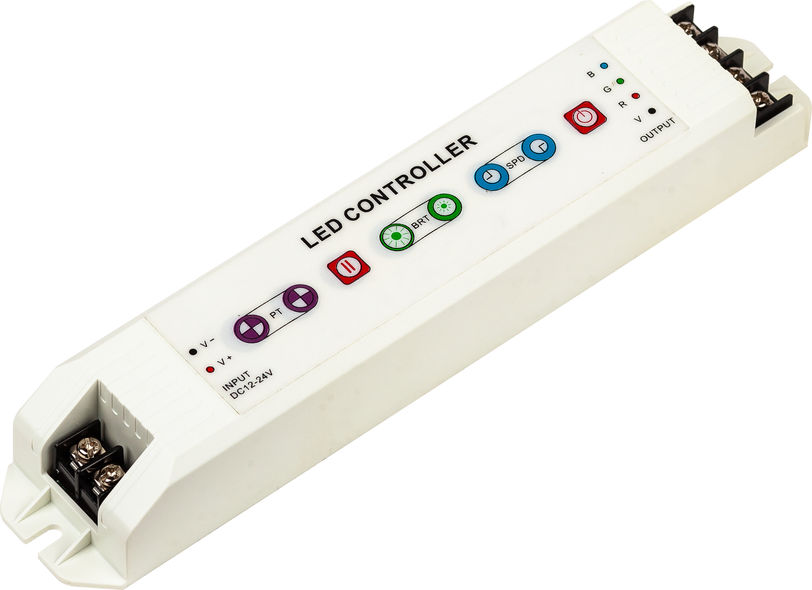
In LED bulbs the driver is mounted in the base of the bulb whereas for other LED lighting it can be an external device that can be hidden away.
The reason the driver matters so much as to whether or not an LED can be dimmable is that it controls the power output of the LED. This means that depending on the driver that is built into the bulb will determine if it’s dimmable or not.
The difference in the drivers of dimmable and non-dimmable bulbs is that the non-dimmable ones are made to simply output an ON or OFF signal whereas a driver made for dimming is able to produce states of light between ON/OFF, such as 25/50/75%.
How LEDs Are Dimmed
Now that we have discussed the possibilities of dimming LED lighting we can begin to look at how this actually happens in a reality. The most common principle that most dimmers use to dim LEDs is called “phase dim“. This principle builds upon shortening the active part of the AC current sine wave.
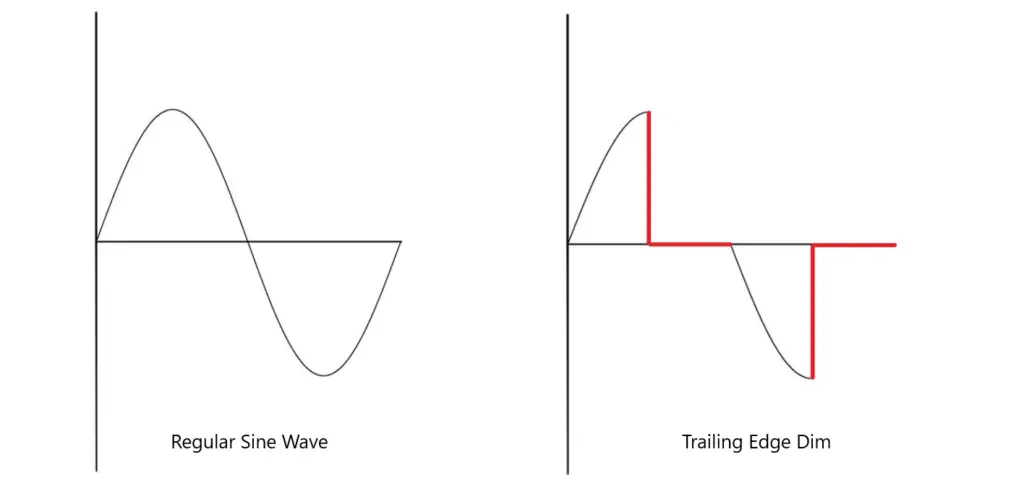
Phase Dimming (Pulse Width Modulation, PWM)
The way light sources work is that they turn on temporarily whenever the wave is above or below the line in the middle and turn off temporarily whenever the wave is lined up with the middle line.
This is the main principle of an AC current, the power alternates between a positive and negative apex, in which it reaches a 0V point in the middle of these apexes. Depending on where you live this singular wave happens 50-60 times a second, which effectively means that your home electricity has a frequency of 50-60 Hertz (Hz).
Knowing that this is how light sources function, we can simply trim off part of the sine wave in order to decrease the light output. This principle can be applied in 2 different ways, trailing-edge dimming and leading-edge dimming. They both use the same principle as mentioned, they simply differ in that they cut of either the leading or trailing edge of the sine wave.
For LEDs. trailing edge dimming is generally preferable out of these 2 options. This is due to the electronic nature of LEDs appreciating the slow build-up of power and then a sudden drop instead of a sudden spike in power that gradually drops off every time.
This is also in fact how most other bulbs are dimmed as well, such as incandescent bulbs, however, it becomes a bit more problematic when applying this logic directly to LEDs. This is mainly due to the AC frequency being too low for it to work properly without flickering.
The reason why this works for older bulbs is that those are based on heat generation to produce light, which means that in the small gaps in time where the bulb isn’t being powered there is still residual heat left from the previous power spike, meaning it will emit a light no matter the frequency.
This works a lot differently for LEDs. LEDs are not dependent on heat generation, in fact, they are better off avoiding excessive heat generation as it will lower their lifespan. This means that there is no residual glow left in LEDs in the time it isn’t being powered, which will cause it to simply turn off completely in those periods.
Since the frequency is only about 50-60Hz, it means that the LED will start blinking at a rate of 50-60 times a second, which will cause a strain in the eyes. This however is circumvented by the LEDs driver increasing the frequency to 120Hz or higher in order to create a consistent light output regardless of dimming.
Amplitude Width Modulation (AWM)
One other common way LEDs are dimmed is with amplitude width modulation (AMW). The principle of this is rather intuitive. What AMW dimming does is simply modulate the intensity of the electrical current that enters the LED, which in turn will dim it.
This works in a linear manner, meaning that if we have an LED that runs on 100mA at full power it will produce 80% of its max output at 80mA. This method works great but can however be inconsistent at power levels below 10-20%.
The reason why PWM is used more than AWM is simply that it is easier to produce the results of PWM than it is for AWM. Both methods however have their different pros and cons.
Summary
As a whole, it is very possible to dim LED bulbs. However, since it can depend on the construction of the bulb and the dimmer used there needs to be extra thought put towards buying suitable bulbs for the socket you’re trying to use it in.

